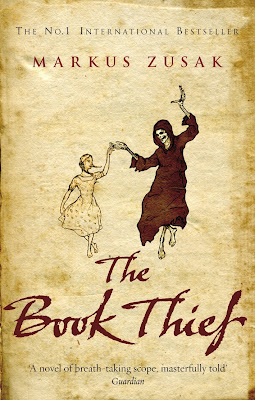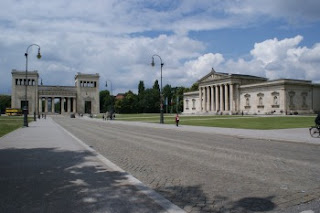One of the most famous literary works of Tolstoy, "Anna Karerina" has a background of Saint Peterburg's upper classes. Saint Peterburg was the role of "Open Window of Europe of Pyotr 1" for 200 years, and was the capital city of Russia before Russian Revolution in 1917.
Saint Pertersburg is the second largest city in Russia, Fourth in Europe. After finishing trip here, we should go to Moscow where Boronski and Anna meet first and where Anna finishes her short life.
St. Petersburg and the world of Anna Karenina and Crime and Punishment
Fyodor Dostoyevsky used the slums of St. Petersburg and Leo Tolstoy used the trappings of its upper ranks in society to make the same point in their novels: Russia was on the verge of monumental changes..
Both Anna Karenina and Crime and Punishment are about characters swept up by events that occur after very personal decisions are made. Tolstoy’s dislike of St Petersburg, detailed in his sharp insight into the upper ranks of society in Anna Karenina is matched by Dostoevsky’s devastating descriptions of poverty and despair in the slums, in Crime and Punishment.
“The highest Petersburge society is essentially one” Tolstoy.
“This place, with its tattered population, its dirty and nauseous courtyards and numerous alleys.” – Dostoyevsky.
Bridges and trains in Crime and Punishment and Anna Karenina are not just passage routes from one place to another in the novels. They represent life and death.
Near the end, when Anna realizes her love for Count Vronsky is diminishing and the prospects of returning to her old life with her husband unpalatable, she rushes around St. Petersburg trying to figure out what to do.
It’s so with me and Pyotr, and the coachman, Fyodor, and that merchant, and all the people living along the Volga, where those placards invite
one to go, and everywhere and always,” she thought when she had driven under the low-pitched roof of the Nizhigorod station, and the porters ran
to meet her.
Making her way through the crowd to the first-class waiting-room, she gradually recollected all the details of her position, and the plans between which she was hesitating. And again at the old sore places, hope and then despair poisoned the wounds of her tortured, fearfully throbbing heart.
Impoverished student Raskolnikov murders pawnbroker Alyona Ivanovna and hopes the crime will solve his problems.
The building that served as the model for Raskolnikov’s home is located at 19 Grazhdanskaia ulitsa [Street], formerly known as Sredniaia Meshchanskaia ulitsa. it is on the corner of Ulitsa Przhevalskogo, number 5 (formerly Stoliarnyi pereulok [Carpenters' Lane]).
To get to the pawnbroker’s apartment, Raskolnikov walked down Stoliarnyi Lane towards the Griboedev Canal.
He crossed over the Kokushkin bridge and turned right
He walked along Griboyedova Kanal:
After murdering the pawnbroker, Raskolnivkov buried the loot under a boulder in a courtyard near Voznesensky Avenue.





